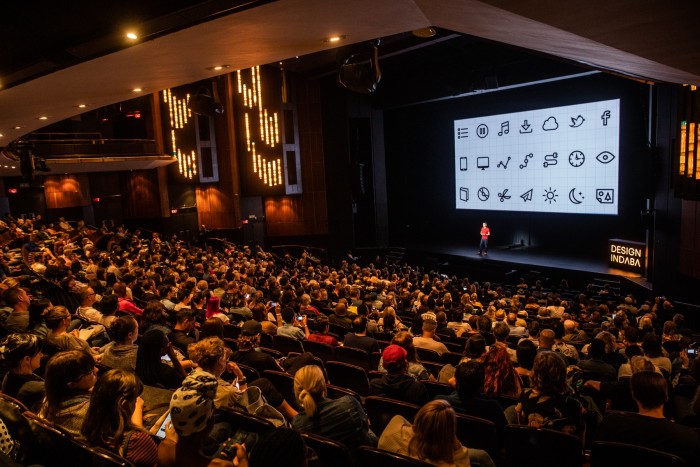Speaking at the 2019 Design Indaba Conference, thought leader and domain expert Olof Schybergson explains how for centuries design has shaped the way our societies and cultures are structured.
Schybergson is the co-founder and CEO of Fjord, the global leader in design and innovation. He explains that when wanting to create something of significance, three main ingredients needs to be accumulated in order to achieve that. These include: the individual, technology and the organisation.
“Technology and the human intersection have been central to design forever. Basic tools gave humans an advantage in the world,” says Schybergson. He goes on to explain that with the rise of the Industrial Age, the world saw the rise of organisations on a scale that has never been seen before.
According to Schybergson, the Industrial Age encouraged this need to design for uniformity and quality control. However, today in terms of where design and organisation are heading, this hierarchical structure of organisation is being flipped.
Quoting Klaus Schwab, founder of the World Economic Forum, he says: “Capitalism is superseded by creativity and the ability to innovate – and therefore by human talents – as the most important factors of production. If talent is becoming the decisive competitive factor, we can be confident that capitalism is being replaced by talentism.”
Schybergson believes that what we are seeing is the reversal of the Industrial Age. Instead of the hierarchy, teams and organisations are self-empowered, cross-functional and collaborative.
Speaking about the role technology plays in our society, Schybergson explains how the fast pace of technology is due to the “algorithmic cost reduction of technology that allows you to combine different technologies in novel and new ways and therefore with very little effort and very little cost you can actually do quite remarkable things.”
As a result, markets have picked up the trend and are rewarding this potential of technology.
He explains that while technology has been advancing rapidly over the last couple of years, people are not. People take a lot longer to develop and change over generations. Therefore, in order to maximize the value of the technologies that are being developed, designers first need to understand people.
Schybergson believes that overall together with design, technology and organisation, the design industry is doing a lot to help make the world a better place but that it can also do more, “By collaborating and by embracing hope and not fear, you’ll go further and you’ll change the world in a positive way.”
Scroll to watch the complete talk below.
Watch more talks from this year's conference:
Markus Kayser's work enables collaboration between tech and biology
Keenan Wyrobek on saving lives with drones
Rodrigo Garcia Gonzalez on tackling the world’s problems with creativity









